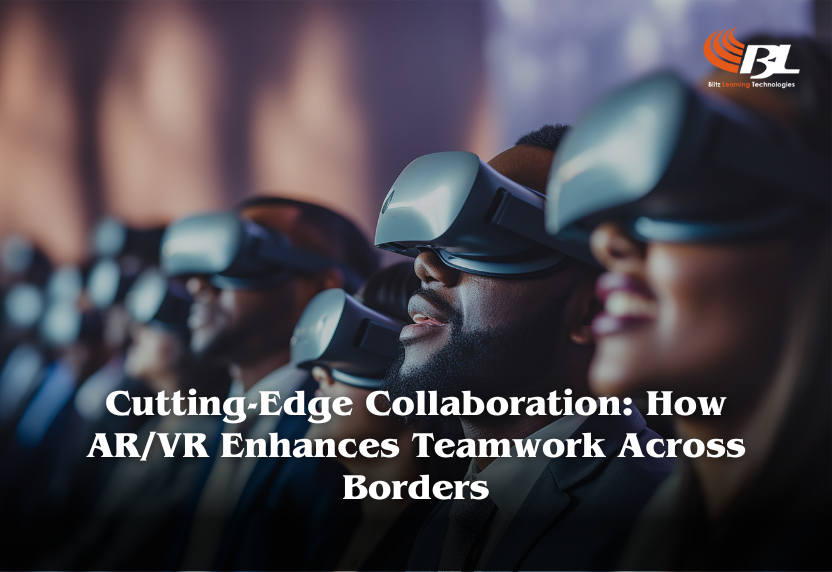
Blog
- Home
- Blog

24Feb
Cutting-Edge Collaboration: How AR/VR Enhances Teamwork Across Borders
Introduction
In today's globalized world, the need for effective collaboration across borders has never been more critical. Traditional barriers such as time zones, cultural differences, and communication challenges can hinder productivity. Enter Augmented Reality (AR) and Virtual Reality (VR)—game-changing technologies that are unprecedentedly redefining teamwork.
Bridging the Distance with Immersive Experiences
AR and VR break down geographical boundaries by creating immersive environments where team members can interact as if they were in the same room. With VR headsets, professionals can enter virtual meeting spaces that replicate real-world boardrooms or creative workspaces. This fosters a sense of presence and engagement that video calls often fail to deliver. AR, on the other hand, overlays digital information onto the physical world, enabling real-time collaboration on designs, prototypes, or plans—perfect for industries like architecture and engineering.
For example, imagine a team of engineers from different continents working on a new car design. With AR, they can visualize the prototype in real time, make adjustments, and discuss features while viewing the same 3D model from their respective locations. Such capabilities not only enhance efficiency but also minimize errors caused by miscommunication.
Fostering Inclusivity and Cultural Understanding
One of the remarkable aspects of AR/VR is its ability to create neutral spaces that encourage inclusivity. These technologies can simulate scenarios that promote cultural understanding and empathy. For instance, VR training programs can help team members navigate cultural nuances, fostering better collaboration in multicultural environments. This is particularly valuable for global organizations aiming to integrate diverse perspectives into their projects.
Enhancing Training and Skill Development
AR/VR also revolutionizes how teams are trained. Virtual simulations provide hands-on experience without requiring physical resources, making training more accessible and cost-effective. For example, a healthcare team can practice performing complex surgeries in a risk-free virtual environment. This not only builds confidence but also ensures that all team members, regardless of location, receive uniform training.
Real-Time Problem Solving
Another significant advantage of AR/VR is real-time problem-solving. AR applications allow technicians and experts to guide team members remotely by overlaying instructions on their devices. This instant support reduces downtime and ensures swift resolution of issues. In industries like manufacturing or IT, where quick troubleshooting is vital, such capabilities are a game-changer.
The Road Ahead: Challenges and Opportunities
While AR/VR holds immense potential, it’s not without challenges. High implementation costs, technical limitations, and the need for reliable internet connectivity can pose hurdles. However, as technology advances and becomes more affordable, its adoption will likely accelerate. Moreover, the integration of AR/VR with AI and machine learning promises even more intelligent and seamless collaboration solutions.
Conclusion
AR and VR are transforming the way teams collaborate across borders. By offering immersive experiences, fostering inclusivity, enhancing training, and enabling real-time problem-solving, these technologies address many challenges of global teamwork. As organizations continue to embrace digital transformation, AR/VR will undoubtedly play a pivotal role in shaping the future of work. The world may be vast, but with AR and VR, it’s becoming more connected than ever.

Neha Khare
About authorNeha Khare specializes in designing engaging and effective learning experiences tailored to learners' needs and also creates insightful blogs on corporate e-learning. She develops creative instructional methods, integrates multimedia, and aligns content with learning goals. Neha's innovative techniques and blog contributions significantly enhance the quality and impact of corporate training programs.



Leave a comments